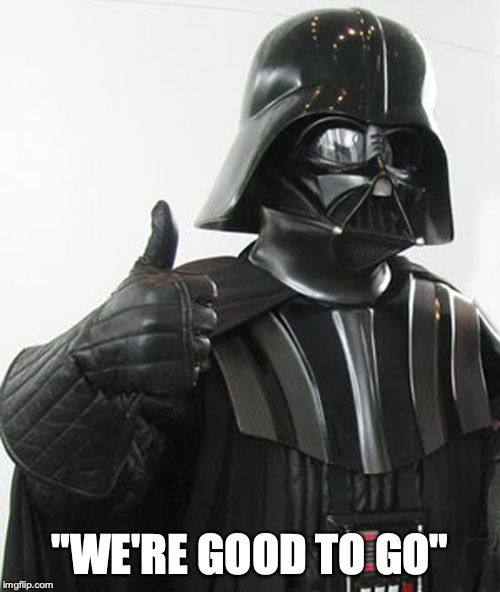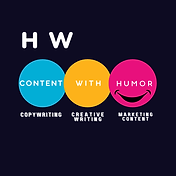Less (Content) Is Better
- iw2write@gmail.com
- Dec 8, 2019
- 3 min read
Updated: Dec 9, 2019
Remember the famous scene in "A Night at the Opera," where Groucho is alone at the start, but gradually his brothers join him, as well as servants and cleaners, until the place is packed like a Walmart on Black Friday morning? In a way, that's what's facing users who look for valuable, relevant content: They find what they are looking for, sign up for newsletters/emails/updates/social media accounts, and eventually, are inundated with so much content, so much material, so many promotions, how to guides, holiday guides, online catalogues...that it becomes impossible for them to read everything, or register what the content's creator intended. I mean, just how much content can you take in?
Content is the magic word. Well, maybe not magic, but it's certainly one of the hottest "buzzwords" around: You need content; you have to have more relevant content; your content needs to be engagement; is your content relevant? etc., etc.
We're so busy creating content marketing and content marketing strategies, that sometimes, what gets lost in the so-called shuffle, is the consumer himself: If he signed up for a newsletter or other form of updates, he did not do it to be bombarded with content every day of the seven. We go through so much effort to make that acquisition landing page, or email so enticing, that we sometimes forget people lives don't revolve around our product our services.
Content, as we all know, could be anything: an article, a blog post, a video, Ebook, white paper, etc. Now, imagine you're a customer, a user, who spends a lot of time on his phone/tablet/laptop, and you're bombarded with all this content; what do you do? You're not going to spend two-to-three hours, every day, reading all of it (but if you have time for it, all the power to you).
The question that we need to ask ourselves is, when do we pause? When do we say, "alright, this content is good; send it and let it percolate for a while; this is enough for now." I've been to companies that actually want to send out newsletters every day. Every single day. Do you know what that means? It means a costly amount of resources spent on creating something that, with time less and less users will read it/open it/pay more than a passing attention to it. And why? Because it's all becoming too much.
It's also not a question of length: Even if your blog post is just two paragraphs long, or your video 30-seconds long, if your reader/viewer just finished reading a 5-page long article titled How to Survive Your Mother-in-Law's Holiday Cuisine Without Insulting Her, may not have be in the mood to read another blog post, even if it's just a few lines.
The competition for a person's attention is so fierce, he can't take it in all. Even if he's still subscribed to your email/newsletters or whatever, that doesn't mean he has the time or patience to read it all. Maybe he just didn't have time, or didn't bother yet, to unsubscribe (or you made it difficult for him to do so).
When a person knows he gets content X every Y days, chances are, in my opinion, much higher that he will open and read it, as opposed to getting material from the same source every day, promptly.
Solution?
Stop bombarding content just because you can. The readers/customers/users don't have an editorial calendar: They have a life. The value of your content will be diminished if the customer feels overwhelmed. So, give him what he needs, when you think he needs it, but not all the time. Instead, why not end your piece of content with a cliffhanger, or a teaser for the next installment...? Give the user a reason to look forward to your next email, blog, etc., such as: Find out how to save 15% off your car insurance, in our next newsletter.








Comments